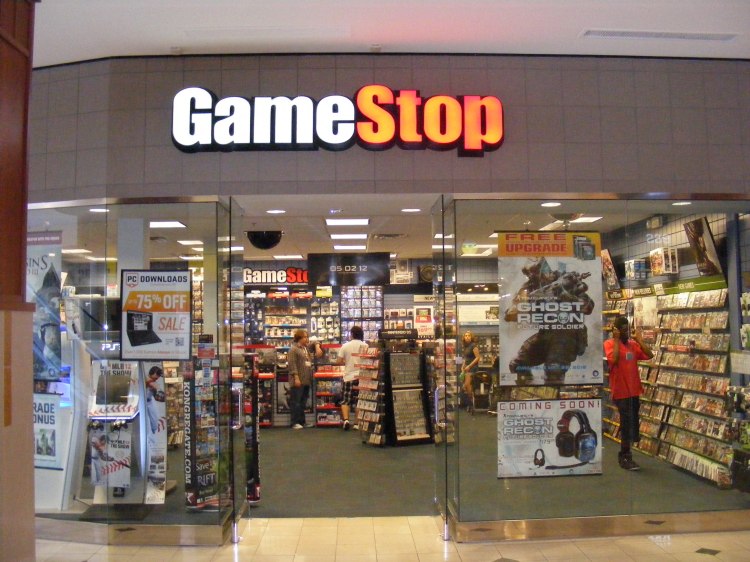Surprise, the president of the biggest video game retailer doesn’t like what the digital option is doing to the price of software.
GameStop president Tony Bartel told investors during a conference call last week (as Games Industry International first spotted) that he has concerns about how digital games are driving down the price for blockbuster releases. The executive revealed that consumers now expect to pay around $35 for the downloadable version of new games that would typically sell for $60 at stores like GameStop. While this could start to cut into the retailer’s profit margins, Bartel tried to frame this as a problem for game makers as well.
“We want to help ensure that our industry does not make the same mistake as other entertainment categories by driving the perceived value of digital goods significantly below that of a physical game,” Bartel said during the conference call.
PC digital-distribution services, like Valve’s Steam store, are responsible for driving prices down with mammoth sales. But GameStop points to a number of other reasons that are diminishing the value perception of digital games.
Bartel pointed to companies like Nintendo, Sony, and Microsoft providing free digital games in console bundles. GameStop believes that publishers have given away nearly $100 million in downloadable games with hardware this year.
“When the free digital token programs end, we believe that the industry will need to work together to continue to price goods in a way that sustains profitability and encourages a great innovation that this category needs,” said Bartel.
Digital games still only make up a small percentage of all sales for a full blockbuster release, but it is growing. Earlier this year, publisher Electronic Arts noted that while downloads made up around 10 percent of a games sales on console on Xbox 360 and PlayStation 3, this number has ballooned to around 15 percent on the new hardware from Sony and Microsoft.
For certain games, digital makes up nearly one in every five sales. Nintendo’s Super Smash Bros. for 3DS had a huge first week at retail, but it did more than 19 percent of its business on the 3DS eShop store. Likewise, 20 percent of publisher Activision’s sci-fi shooter Destiny sales were digital.
When it comes to releases like Destiny and Smash Bros., digital is growing because the option is available on day one and because gamers are warming up to the idea of having a game available on their system at all times. But it’s not because publishers have started passing on the savings to customers. New digital almost always cost the same as their physical counterparts.
GameStop obviously has an interest in ensuring the price parity of physical and digital releases, but it’s not something that makes a lot of sense. Downloadable games are cheaper to distribute since they cut out the manufacturing of discs, plastic cases, and paper manuals. Gamers also cannot resell their digital purchases, and publishers love that because it means fewer second-hand games on the market. Bartel even mentioned that players expect to pay less for new releases on digital because they cannot get money back from trading in when they’re finished.
The erosion of value due to digital seems inevitable, but consumers continue to spend more money on gaming-related content. In 2013, U.S. consumers spent $15.39 billion on physical and digital games and hardware. That was up 1 percent over 2012.
VentureBeat's mission is to be a digital town square for technical decision-makers to gain knowledge about transformative enterprise technology and transact. Learn More

